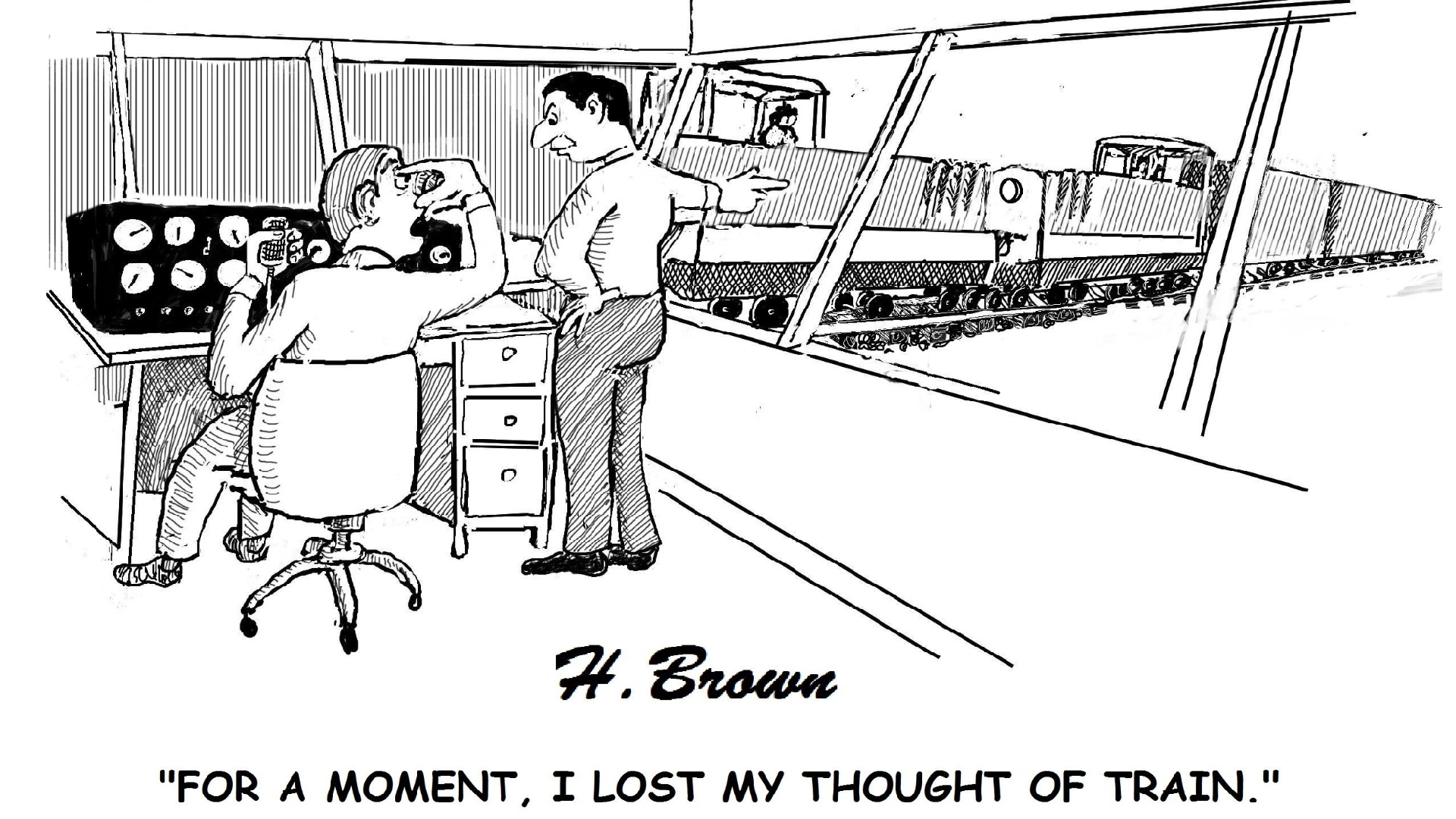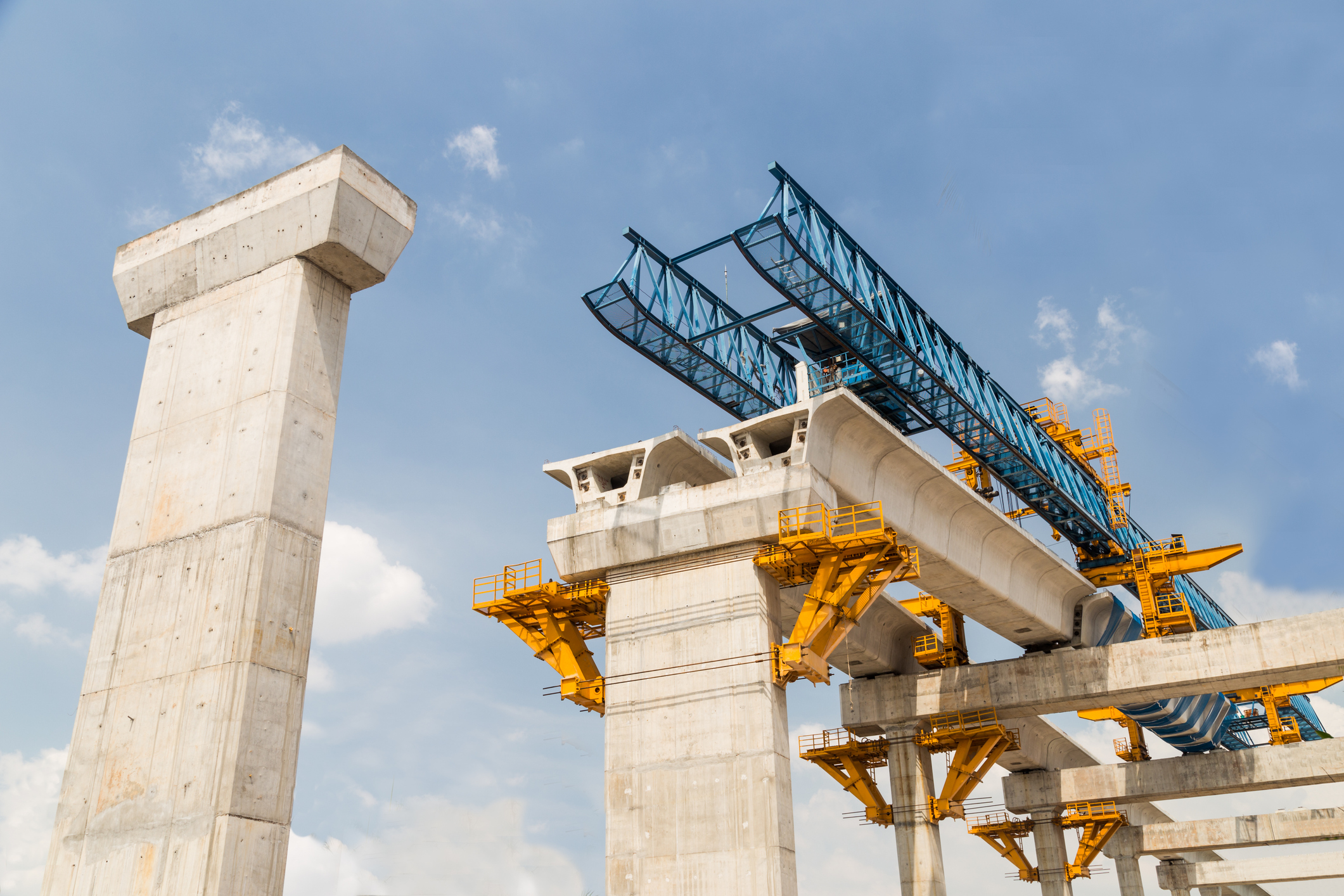Click here to download a PDF of this Policy Note.
Key Findings
- Public officials in states across the country are solving problems on public roads by tapping private investment.
- Many existing highway projects would not have been completed without up-front capital provided by private partners.
- Public-private partnerships are not right for all highway projects but policymakers should recognize the positive role private finance can play in building public infrastructure.
- State officials can maximize taxpayer value in public-private partnerships by using clear enforceable contract language and practicing good oversight. Most importantly private investors take on much of the risk when projects run over budget protecting people from higher taxes.
- Because private financing on the project was banned taxpayers may end up paying more for the new Tacoma Narrows Bridge than was promised. Under a well-written public-private partnership private investors not the state would bear the risk of paying off debt.
- State lawmakers should amend the restrictive 2005 Washington state law that blocks public projects from benefitting from private financing while creating strong protections for taxpayers.
Introduction
Officials in Washington state say they need more money to pay for transportation infrastructure. They say traditional funding methods like state and federal gas taxes are not keeping up with the rising cost of Washington’s transportation program resulting in growing problems in meeting the state’s transportation expansion maintenance and safety needs.
Artificial cost increases like prevailing wage rules excessive planning permitting mandates and the practice of state officials taxing their own construction projects continue to put pressure on budgets to maintain and expand infrastructure. Over the past thirty years highway demand in the Seattle region increased by 128 percent while the number of lane-miles only increased 72 percent. As public demand for highway travel outpaces the supply of travel lanes drivers experience increased traffic congestion.
A workable solution
In many states officials are tapping the private sector to maintain and expand public roads and increase mobility. Public-private partnerships are a popular way to build public projects both in other countries and in states like Virginia, Texas, Florida and California. A public-private partnership is a legal contract between government officials and private companies to design, build, operate, maintain and finance needed public infrastructure. In short, public-private partnerships allow the public sector to shift financial risk from taxpayers to private investors.
In Washington, however, state officials are reluctant to use private financing to build public infrastructure.
Washington state’s public-private partnership experience
Washington state was one of the first states to adopt a public-private partnership law in 1993, but changing political circumstances led to the law’s repeal with passage of the Transportation Innovations Partnerships Act of 2005. The bill’s title indicated intent to attract private capital for highway projects, but the text of the law has had the opposite result, effectively discouraging private investment in building public infrastructure in Washington.
Public finance
Most highway funding in Washington state comes from the 37.5 cents-per-gallon state gas tax, an 18.4 cents-per-gallon federal gas tax and vehicle license fees. For large projects, state officials usually issue bonds backed by future gas tax revenues or toll revenue.
Publicly financing projects force taxpayers to play the role of equity investors, responsible for paying debts when toll or gas tax revenues fall short of projections. In the Tacoma Narrows Bridge project, state officials may force taxpayers to assume increased financial risk. Projections now show toll revenues will not pay debt service. If officials had allowed the new bridge to receive private investment under a public-private partnership, market investors, not taxpayers, would bear the risk of paying off debt.
Private financing
Private equity is the cornerstone of private financing. Private capital is often combined with private, state and federal low interest loans, like TIFIA loans and tax-exempt Private Activity Bonds, to pay for major infrastructure projects. If a project includes private financing, the state transfers financial risk to the private partner through toll concessions. Toll concessions allow private partners to collect a reasonable financial return on a new highway. A private company uses this steady revenue to pay down debt, maintain and operate the roadway and pay out a return on investment.
Instead of a private company collecting tolls, some public-private partnerships provide for “availability payments.†This arrangement relieves the concern of many lawmakers about letting a private company collect tolls from the traveling public.
Applying private financing to projects in Washington state
The Washington State Department of Transportation’s (WSDOT) 2013 Mega Project Assessment calls for increased use of public-private partnerships. The WSDOT study found that public-private partnerships “represent an opportunity to deliver projects the state might otherwise be unable to currently deliver.†The agency recommends a return to use of public-private pilot projects, as the state did before 2005.
Conclusion
Officials say traffic congestion in the Puget Sound region will continue to worsen, raising costs and stifling economic growth. Congestion also harms the environment, as cars, trucks and buses idle in traffic, leading to lower air quality and increased public health risks.
Lawmakers should recognize the positive role private finance can play in building public infrastructure. Amending the restrictive 2005 law would attract private investment to public projects, get badly needed projects built and protect taxpayers from higher taxes and bailouts.





